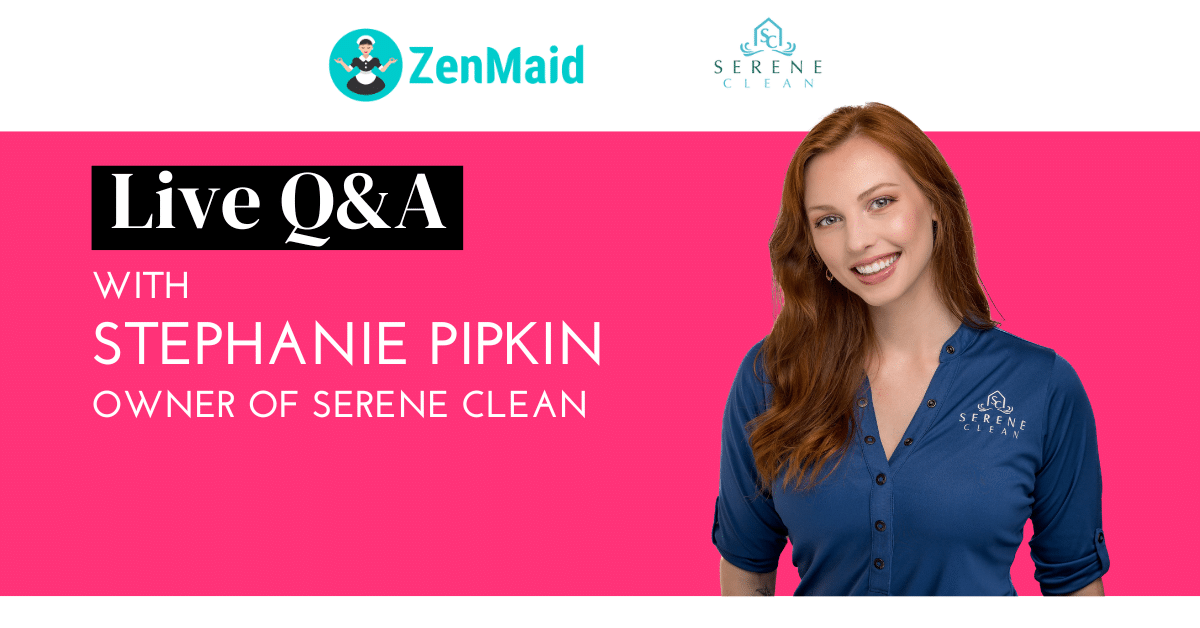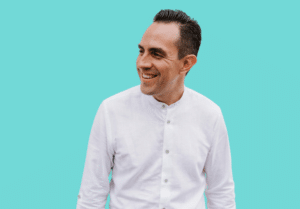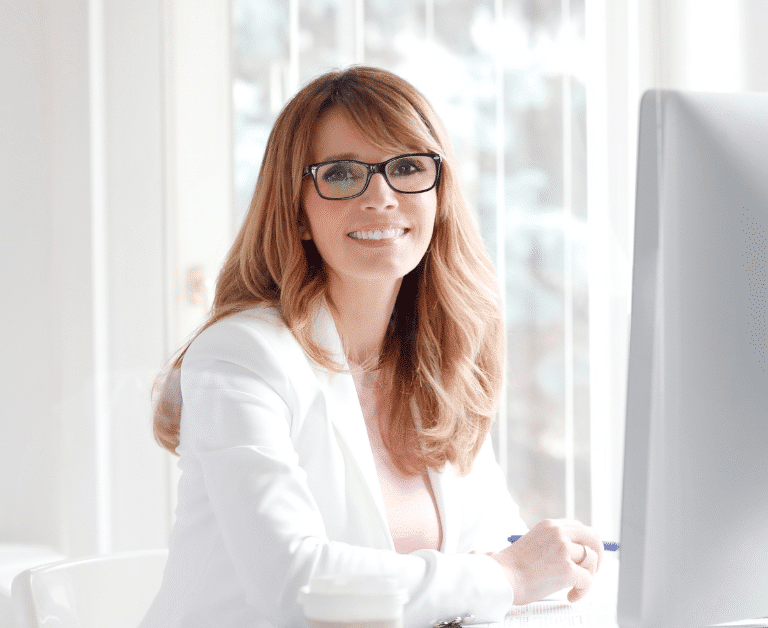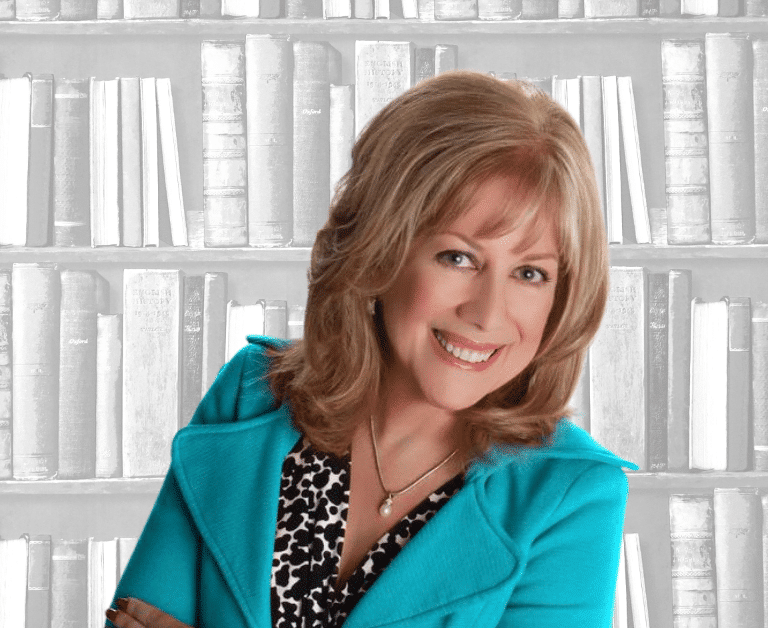Last Updated on June 4, 2024 by The ZenMaid Team
Stephanie Pipkin is the owner of Serene Clean, a Wisconsin-based cleaning company that has grown from $0 to $1.5 million in yearly revenue in under 5 years. As one of our partnering industry leaders at ZenMaid, Stephanie hosted a live Q&A in our free Facebook Group: The ZenMaid Mastermind.
We’ve broken down the key takeaways to read in this post. You can watch the full video replay right here. (Please request access if you’re not already one of our 8,000+ members of savvy maid service owners.)
Q: “I’m struggling to get more clients and actually pay myself. I’m in the red. How do you get out of the red to pay employees, expenses, and yourself without burning yourself out?”
This is a question many of you might be wrestling with. Stephanie’s first piece of advice? Production rate audits. Knowing how fast you clean per hour isn’t just about efficiency; it’s about ensuring your pricing matches your effort.
Why Production Rate Audits Matter
“Every cleaning business is unique,” Stephanie emphasizes. Your rates should reflect the scope of your work. She shares a personal anecdote, “When I started, I had no clue about estimating. I would time myself cleaning each room, jotting down notes.” This hands-on approach helped her develop accurate pricing that accounted for the quality and detail of her work.
Knowing Your Numbers
It boils down to understanding what you’re earning per hour. “If you’re in the red, chances are you’re not charging enough,” Stephanie advises. She stresses the importance of being comfortable with the numbers side of your business, suggesting regular audits to keep on top of your game.
Setting the Right Prices
Setting a goal, like $50 per man-hour, gives you a benchmark. “Look at what you’re currently making per job. If it’s less than your goal, it’s time for a price adjustment,” she suggests. Small, incremental increases can make a significant difference over time, aligning your rates with the quality you deliver.
Your Reputation and Marketing Efforts
Your online presence and customer feedback are crucial. “We’re expensive, but we’re worth it,” Stephanie says, highlighting the power of positive reviews and a strong brand image to justify higher prices.
Q: “Does your company do house checks?”
Absolutely. Stephanie’s system involves staff members actively participating in quality checks, fostering a culture of mutual accountability and continuous improvement. Let’s break this down a bit more:
Building a Culture of Quality
“We encourage everyone to check each other’s work,” Stephanie shares. This isn’t about finding faults but about maintaining high standards across the board. This culture of ongoing checks and feedback, even among peers, normalizes the process and removes the stigma around being reviewed.
The Mechanics of Quality Control
The process is systematic. For residential services, checks are frequent, especially with new employees, easing off to at least monthly reviews for everyone. For commercial clients, which make up a significant portion of Stephanie’s business, the strategy is even more rigorous due to the high stakes involved in these accounts.
Tracking and Feedback
Every employee and account undergo regular quality checks, with detailed feedback shared openly. This transparency ensures everyone knows where they stand and what’s expected, minimizing the chance of quality slipping unnoticed.
How Quality Checks Are Conducted
Employees conducting checks use a standardized form to ensure consistency. This not only guides the checker but also reinforces the standards to all staff, as they realize these criteria will apply to their work too.
Response to Feedback
How employees respond to feedback is crucial. A positive attitude towards constructive criticism is highly valued and seen as an integral part of the company culture.
Quality Checks as a Routine
Stephanie uses tools like Survey Monkey and detailed spreadsheets to track quality across both residential and commercial accounts. This digital approach ensures nothing falls through the cracks. Regularly scheduled quality audits are embedded into their operational calendar, ensuring it’s a consistent part of their workflow, not an afterthought.
Q: “How do you expand your area and deal with driving time for employees?”
Expanding your service area and managing driving time for your cleaning crew can be a bit of a puzzle. Stephanie shares her practical approach that not only ensures fairness but also keeps the business financially sound.
Implementing Travel Charges
The key here is to introduce travel charges for clients outside a specified radius from your home base. For Stephanie’s company, any location within a 10-mile radius incurs no extra charge, but anything beyond that has an additional fee. The rationale? You’re paying your staff for every minute they’re on the clock, including drive time. Ignoring this can eat into your profits.
Calculating Charges Based on Home Base
Another key point Stephanie shares is basing travel fees on the distance from your company’s home base rather than the cleaner’s personal residence. This standardization ensures consistency in charges, irrespective of which employee is assigned.
Gradual Area Expansion
Growing your service area doesn’t have to be an all-or-nothing leap. It can be a gradual push outward, extending your reach bit by bit. This methodical expansion allows for strategic hiring in new areas, ensuring you have local cleaners available, which can save on travel time and expenses.
Building a Strong Management Team
Expansion, especially into areas where cleaners won’t regularly visit the office, demands a robust management system. It’s crucial for remote employees to be highly independent, trustworthy, and capable of maintaining the expected quality standards without constant supervision.
Maintaining a Strong Team Culture
Despite geographical distances, fostering a strong team culture remains paramount. Stephanie highlights the use of digital tools like Facebook Messenger chats for team communication and weekly meetings to ensure everyone stays connected, whether they’re in the office or tuning in remotely.
For those intrigued by the notion of nurturing a strong company culture, especially with remote or minimally present employees, Stephanie recommends her talk at the ZenMaid Maid Summit, “Standing Out in a Sea of Options.” This presentation offers more insights into building a culture that resonates even in a remote working environment.
Q: “Do you send multiple cleaners, or is it always solo cleaners?”
For first-time cleans, which often demand more time, Stephanie’s approach is to deploy multiple cleaners to ensure the job is done within a feasible timeframe. This not only maximizes efficiency but also acquaints the cleaners with the property, ideally positioning one of them to become the regular cleaner for that home. However, the standard practice is to lean towards solo cleaning for maintenance tasks, as this minimizes the chances of miscommunication and errors, ensuring accountability since “there’s no one else to blame.”
Efficiency and Accountability
While the initial clean might see a team approach, the solo cleaner model is preferred for its direct accountability and reduced chance of communication lapses, which can lead to overlooked areas. The solo model also aligns with the company’s emphasis on checklist adherence, ensuring thoroughness and consistency in cleaning standards.
Navigating First-time Cleans
First-time cleans can sometimes involve staggered schedules, with multiple cleaners working in shifts throughout the day rather than simultaneously. This requires more detailed handovers, often facilitated by detailed checklists and, in more complex scenarios, visual aids like videos to ensure seamless continuity between shifts.
Q: “LLC or Sole Proprietorship: What’s the Best Route for Your Cleaning Business?”
Stephanie registered as an LLC from day one and recommends taking that route, even for solo operators, to safeguard personal assets against potential legal actions. The transition to a corporation, such as an S corp, generally coincides with changes in how the owner compensates themselves, moving from owner’s draws to a fixed salary. This shift can offer tax advantages, but of course, always consult with a knowledgeable accountant familiar with service-based businesses for tailored advice.
Risk Mitigation and Legal Protection
Opting for an LLC from the start is strategic move to minimize personal liability. In the event of a lawsuit, personal assets remain protected.
Q: “What are the top tools for running your business?”
Here are Stephanie’s top 5 tools to run her cleaning business:
- ZenMaid: Loved by thousands, ZenMaid is the best CRM and scheduling software built for maid services businesses. With tools like all-in-one scheduling, automated reminders via email and SMS, booking forms, integrations, and a user-friendly app for staff to use, ZenMaid makes it easier to grow your cleaning business. (Try it for free!)
- QuickBooks Online: This bookkeeping software integrates with ZenMaid and simplifies financial tracking, invoicing, and provides valuable reports to informed decision-making.
- Gusto: A payroll platform that automates essential tasks like reporting new hires to the state and managing tax withholdings, streamlining payroll processes.
- SurveyMonkey: Utilized for gathering feedback from both customers and employees, aiding in continuous improvement and customer satisfaction.
- Canva: A tool for creating visual content, essential for marketing, branding, and internal communications.
And there’s even more…
Watch Stephanie break down all of these insights and more in the Q&A replay. And don’t miss the next live Q&A with our ZenMaid cleaning business experts.
Sign up for our free Facebook group, The ZenMaid Mastermind, to grow your maid service alongside our community of 8,000+ owners just like you.
See you there!













